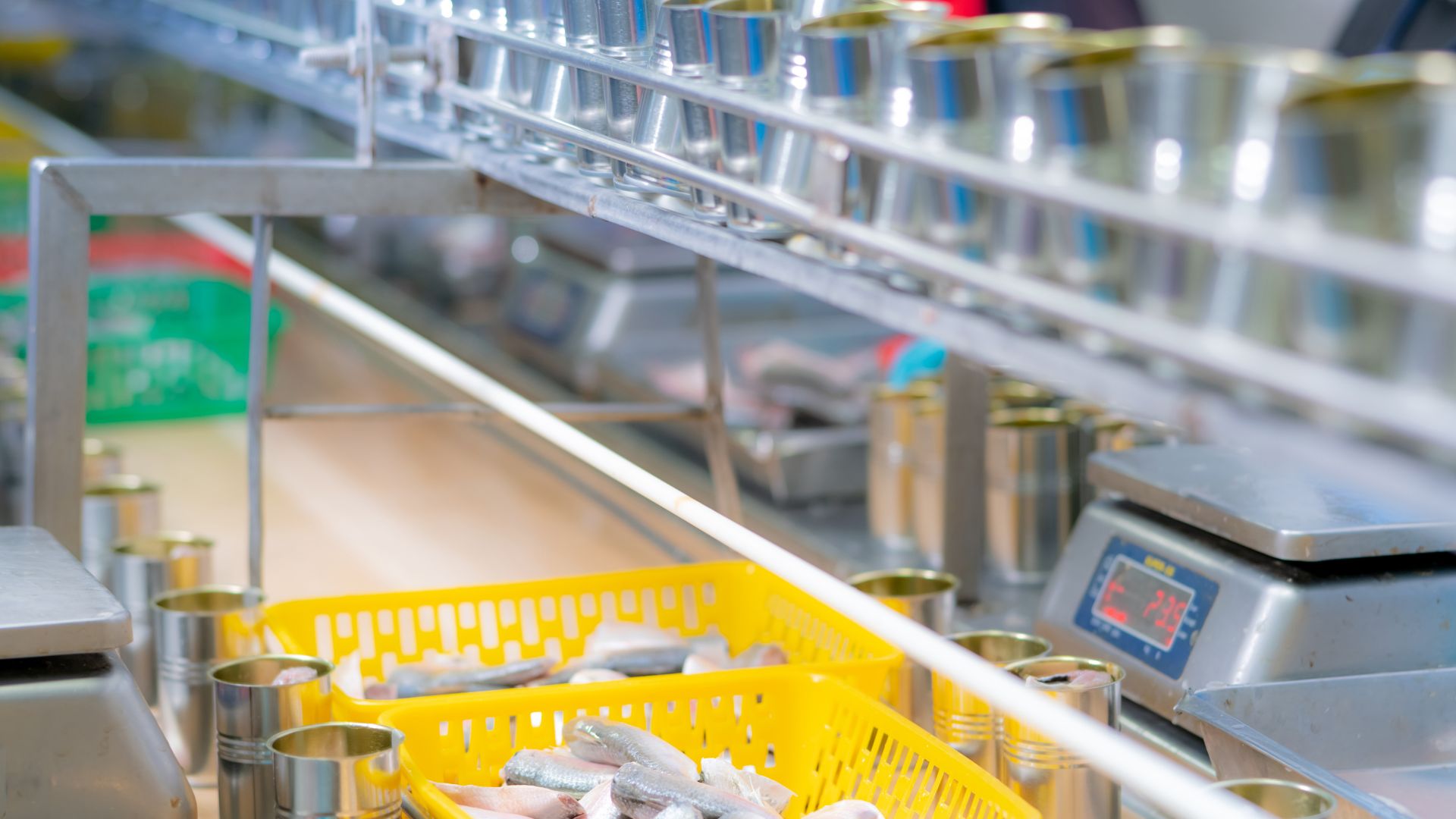
Danielle Tan
Chief Operating Officer
Explore the critical role of greenhouse gases in climate change and learn why precise reporting is essential in mitigating their impact.

In a food safety management system, the process of receiving checks plays a critical role in ensuring the safety and quality of food products. Receiving checks involve systematically inspecting and verifying incoming materials to ensure they meet specified standards and are free from contaminants or hazards. This meticulous process is essential for maintaining the integrity of the food supply chain, as it helps prevent the introduction of unsafe materials into the production process. Properly conducted receiving checks help in identifying and mitigating risks early, ensuring that only high-quality, safe materials are used in food production. By implementing rigorous receiving check procedures, food businesses can protect consumer health, comply with regulatory requirements, and maintain their reputation for safety and quality.
- Receiving Check Procedure
To ensure materials are checked in compliance with the standard, it is imperative to establish a detailed procedure for receiving checks. This procedure must outline the steps for accepting materials and specify the individuals responsible for performing these checks. When assessments are necessary, staff must be provided with clear guidelines on the acceptable limits and must undergo proper training to understand and apply these standards effectively.
The procedure must include detailed documentation of the inspection and testing processes. This includes:
- Method of Testing or Inspection: Clearly define the methods to be used for testing or inspecting materials. This could include visual inspections, laboratory tests, or other methods as appropriate.
- Frequency of Checks: Specify how often the checks should be conducted. This could be on a per-delivery basis, at regular intervals, or based on a percentage of deliveries.
- Acceptable Limits: Define the acceptable limits for the checks. These limits should be based on standards, regulations, and risk assessments.
Monitoring and Frequency
For checks that are not based on a fixed calendar routine (e.g., once per day or week), a mechanism must be in place to ensure that these checks are not missed. This could involve setting up alerts, schedules, or other monitoring systems.
2. Responsibilities and Training
Identifying the personnel responsible for receiving checks is crucial. These individuals must be well-trained and knowledgeable about the standards and procedures. Training should cover all aspects of the intake process, including the identification of nonconforming materials and the actions to be taken in such cases. This ensures consistency and reliability in the receiving checks.
3. Handling Nonconforming Materials
The procedure must detail the steps to be taken if materials do not meet the required standards. This includes how to handle and record nonconforming materials. There must be a designated person(s) authorized to make decisions regarding the acceptance or rejection of materials. This process ensures that nonconforming materials are managed appropriately and do not enter the production process, thereby maintaining product quality and safety.
4. Risk Assessment
To ensure that receiving checks are comprehensive and effective, a series of risk assessments must be conducted. These assessments help in identifying potential risks and determining the necessary checks to mitigate these risks. The following assessments should be carried out:
- Material and Product Risk Assessment: This involves evaluating the potential risks associated with the materials and products. Factors such as the nature of the material, its source, and its intended use should be considered.
- Inspection and Testing Risk Assessment: This assessment determines the risks associated with the inspection and testing processes. It helps in identifying critical control points and the necessary checks to ensure material quality and safety.
- Vulnerability Assessment: This assessment identifies vulnerabilities in the supply chain that could affect material quality. This includes evaluating the reliability of suppliers, potential for adulteration, and other factors that could compromise material integrity.
5. Minimum Acceptance Receiving Checks
For Materials
The acceptance procedure must specify the minimum checks required to ensure that materials meet the necessary standards. These checks should include
-
- Verification of Material and Quantity: Ensure that the correct material and quantity have been delivered as per the purchase order or contract.
- Specification Match: Confirm that the material matches the specified requirements, including quality and composition.
- Shelf Life: Verify that the material has an acceptable shelf life and is within the usable period.
- Traceability: Ensure that the material can be traced back to its source, allowing for accountability and quality control.
- Risk-Based Checks: Conduct checks based on the risk assessment to address any identified risks.
- Packaging Integrity: Inspect the packaging for any damage that could affect material quality.
- Pallet Condition: Check the condition of the pallets to ensure they are suitable for transporting and storing materials.

For Materials with Claims
For materials that have specific claims identified as a risk in the vulnerability assessment, additional checks are required. These checks ensure that the delivered material matches the claimed properties. Evidence to support these claims can be obtained through:
- Certificate of Analysis: A document that provides detailed information about the material’s composition and quality.
- Certificate of Conformity: A certificate indicating that the material meets the specified standards and requirements.
- Statement of Compliance: A declaration from the supplier that the material complies with the required standards.
For Vehicles
The vehicle delivering the materials must also undergo checks to ensure the materials have been transported under suitable conditions. These checks should include:
- Hygiene: Ensure the vehicle is clean, free from contamination, and shows no signs of pests.
- Security: Verify that the delivery has not been tampered with and that seals are intact.
- Temperature Control: Check that the holding area temperature is within acceptable limits to prevent spoilage or degradation of materials.
Temperature Checks
If temperature control is deemed critical through the risk assessment, it must be checked upon delivery before acceptance. The following steps should be followed:
- Check Holding Area Air Temperature: Before opening the load, check the air temperature of the holding area.
- Conduct Material Check: Perform a destructive or non-destructive check of the material. If the material temperature is incorrect, reject the load and determine how long the temperature has been out of specification.
- Review Vehicle Temperature Records: Examine the vehicle’s temperature monitoring records, such as thermographs, to understand any deviations during transport.
*Destructive checks involve testing that renders the product unusable, while non-destructive checks allow the product to remain usable.
6. Documentation and Record Keeping
All checks performed during the receiving process must be documented. Keeping detailed records ensures traceability and accountability. These records should include the results of the checks, any issues identified, and the actions taken to address them.

Conclusion
A comprehensive procedure for receiving checks in a food safety management system is essential for ensuring material compliance with standards. This includes outlining acceptance steps, designating responsible personnel, and providing training. Effective checks and risk assessments prevent unsafe materials from entering production, safeguarding consumer health and maintaining product safety and quality.
Curious to learn how to checks your food safety management system ? Get in touch with us now for more information.






